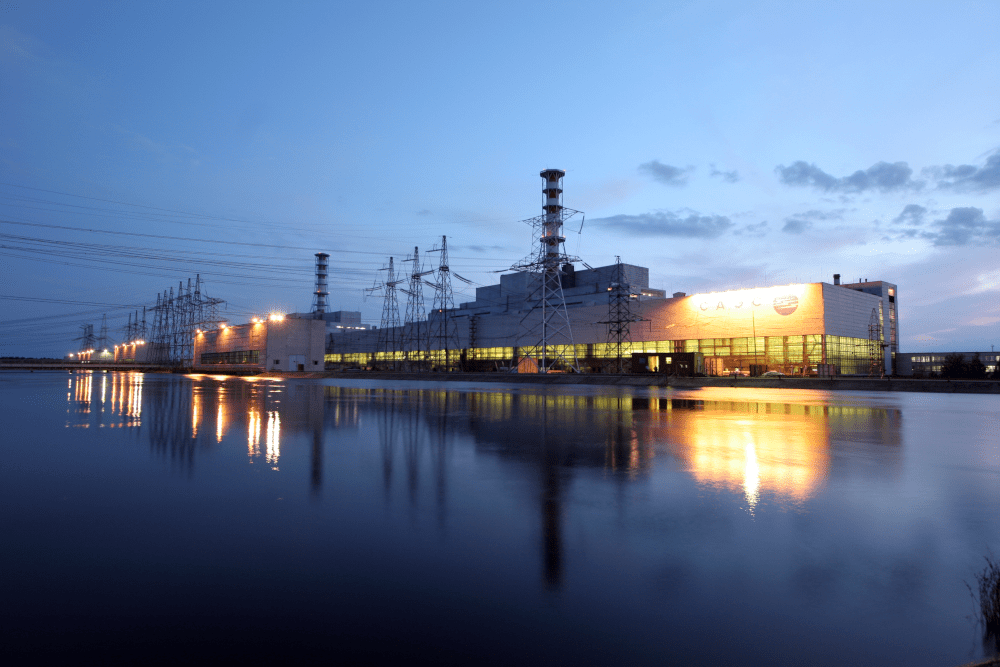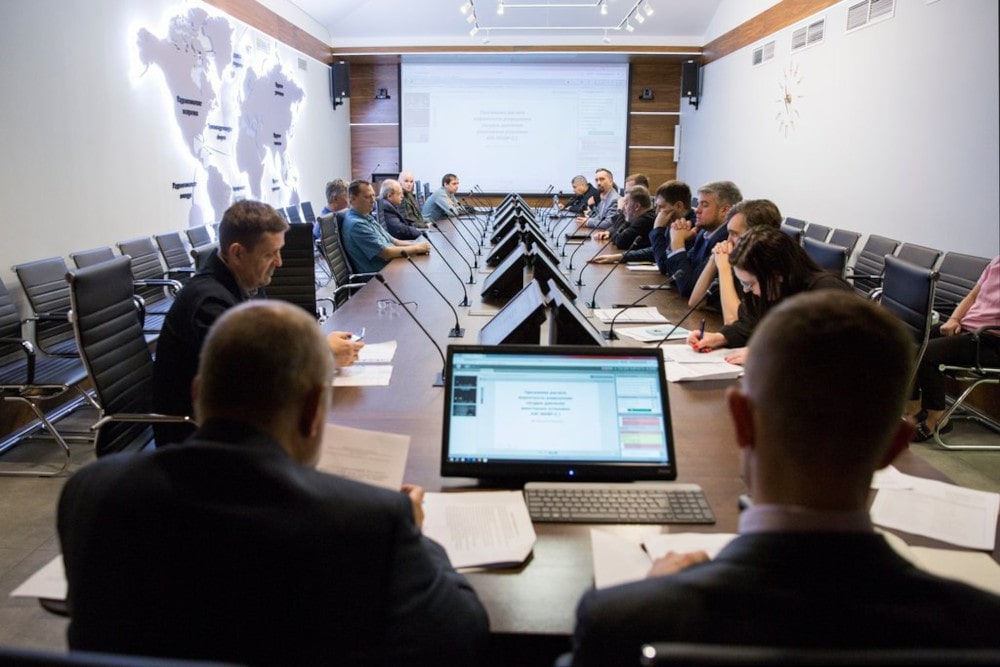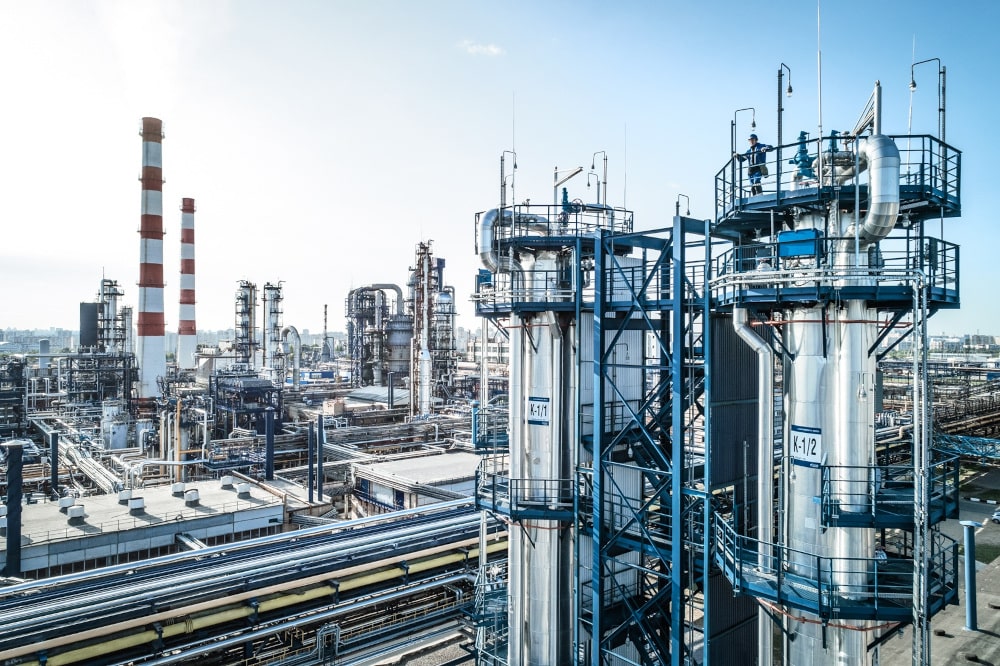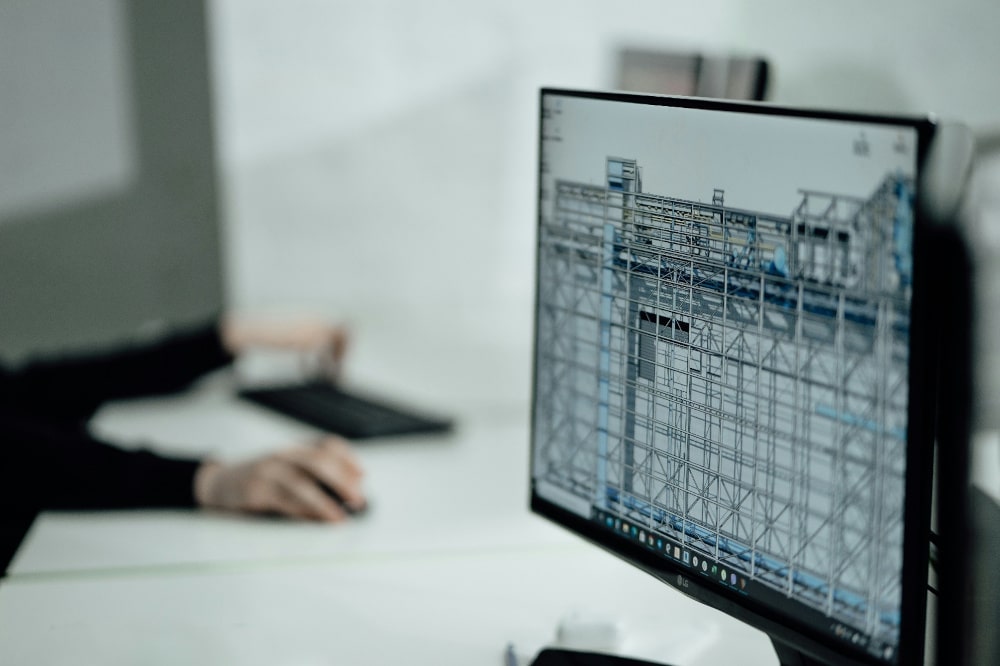16th International LS-DYNA Users Conference
Authors: Yu. V. Novozhilov, A. N. Dmitriev, D. S. Mikhaluk, N. A. Chernukha, L. Yu. Feoktistova, I. A. Volkodav
The IAEA safety requirements imply that the design of nuclear power plants (NPP) considers both the potential technological disaster and acts of nature. One of the modern mandatory requirements of IAEA standard SRS 87 is to consider a possible massive commercial airplane crashing (APC) into or attacking NPP reinforced concrete (RC) structures. The basis for the methodology is well-validated RC structures modeling. LS-DYNA® constitutive models have been tested by solving a set of verification problems. Selected problems set describes different loading conditions and scales: single finite element study, quasi-static loading, low-speed impact, deformable missile impact, RC wall APC load, shock wave load, perforation by a kinetic missile. The following model parameters are examined: mesh convergence, contact algorithms work, immersed reinforcement coupling, nonlinear stability. The second part of the paper presents a universal method of APC events direct modeling based on the finite element method in the Euler formulation. The relations allowing to identify geometrical, strength, and mass parameters of the airplane finite element model by the given load curve and impact spot are developed. The model of the aircraft obtained in this way allows the transfer of loads on complex-shaped civil structures or when considering the impact at an angle to the surface, with great fidelity. The last part describes the simulation results processing and analysis procedure. Criteria for determining the strength based on the analysis of displacement, strain, and damage of both concrete and reinforcements are proposed. Approach to the evaluation of penetration, perforation, and fracture speed behind the barrier estimation is developed.

.png)





